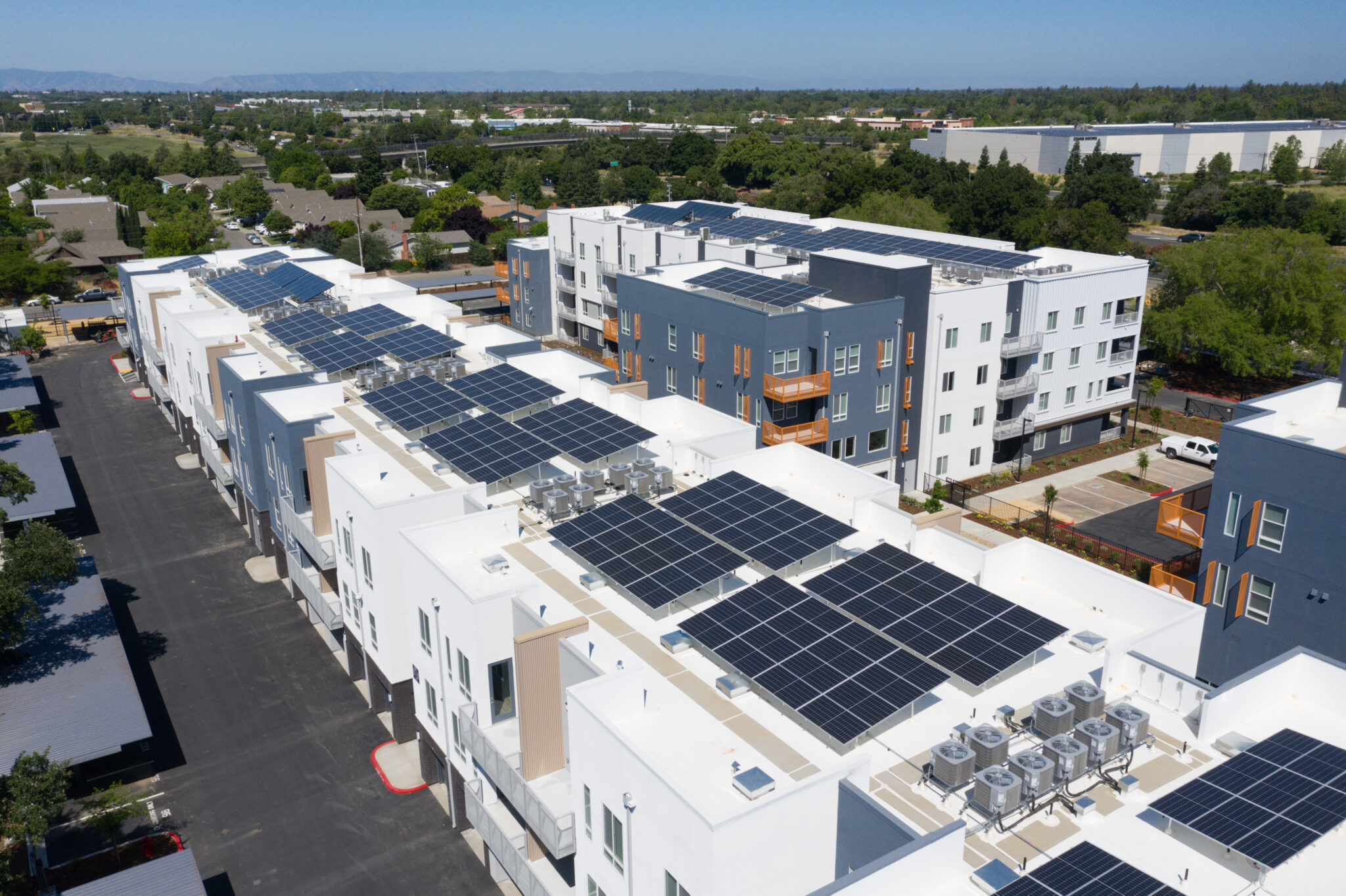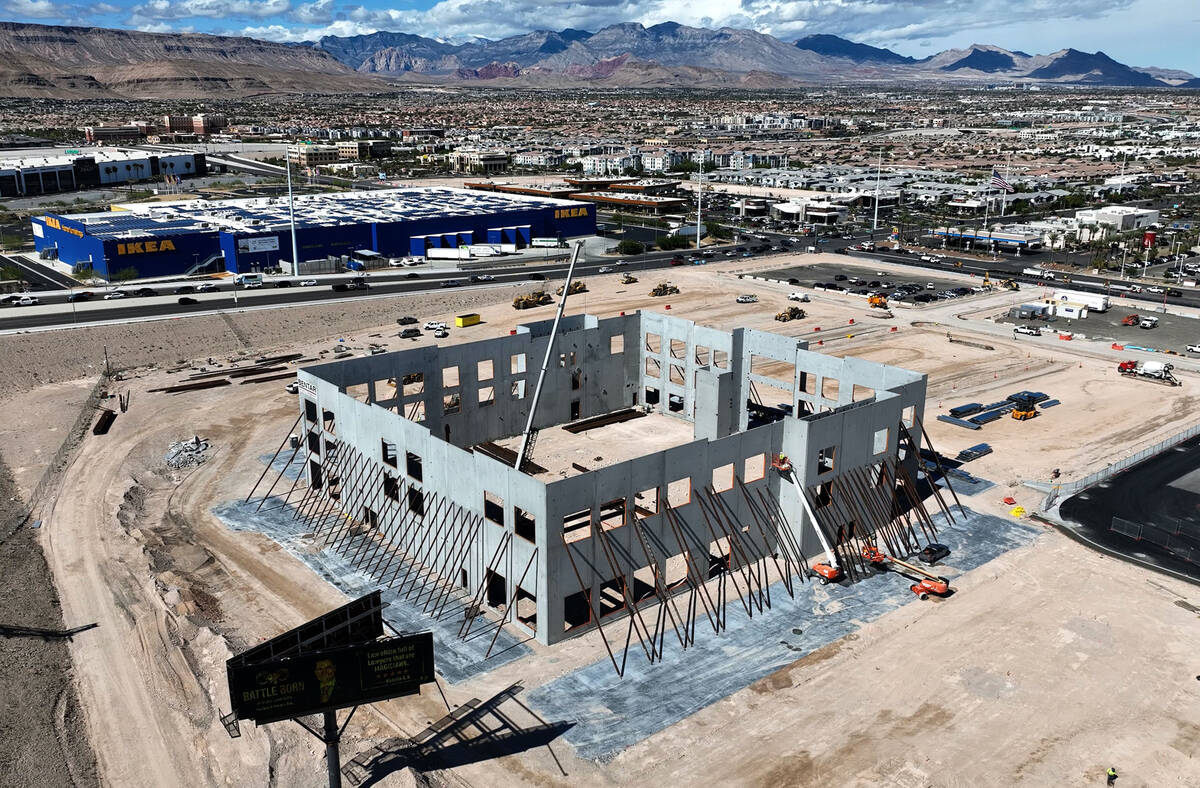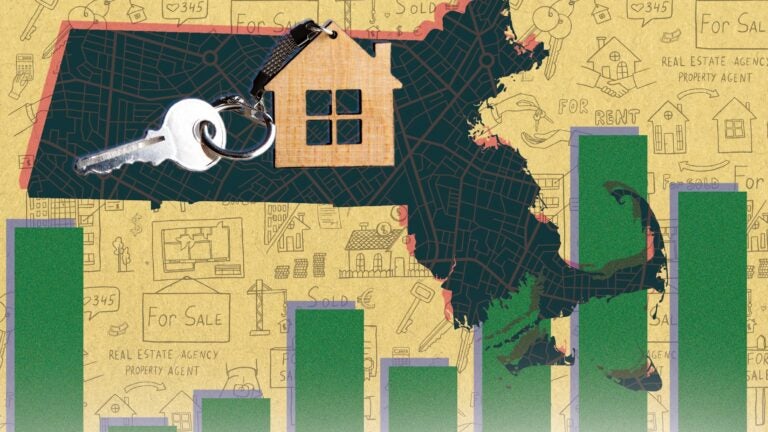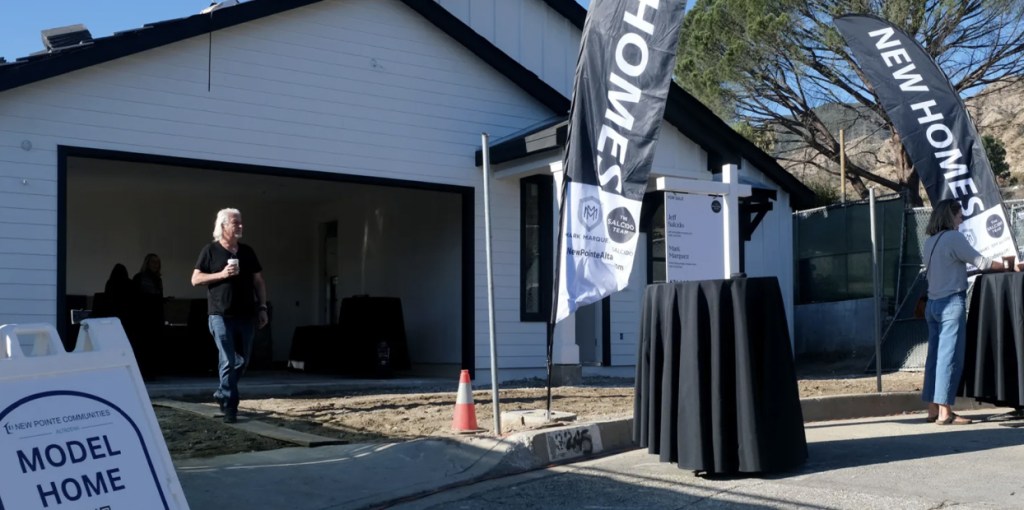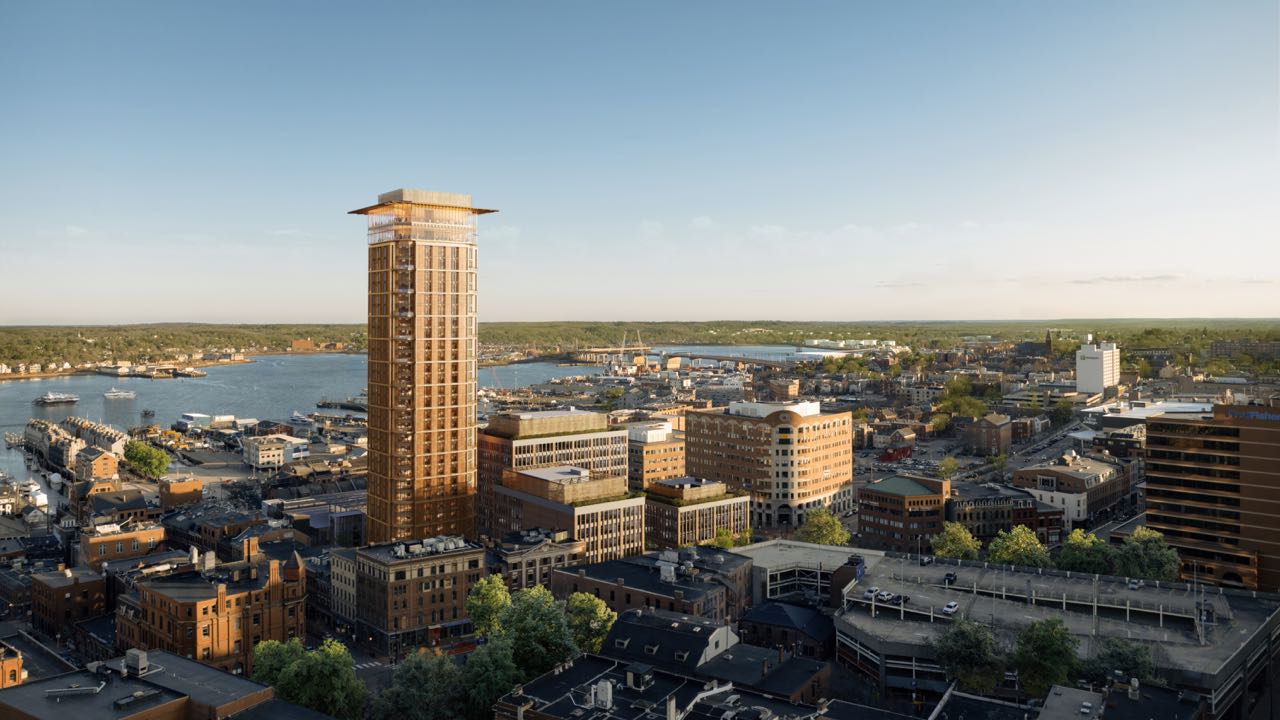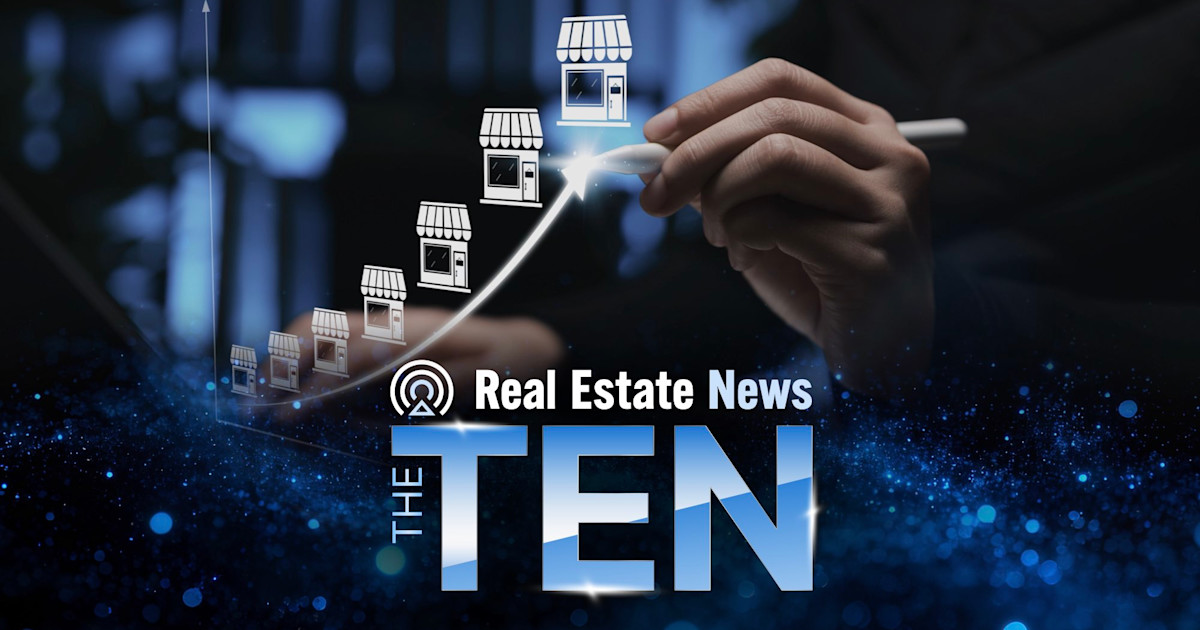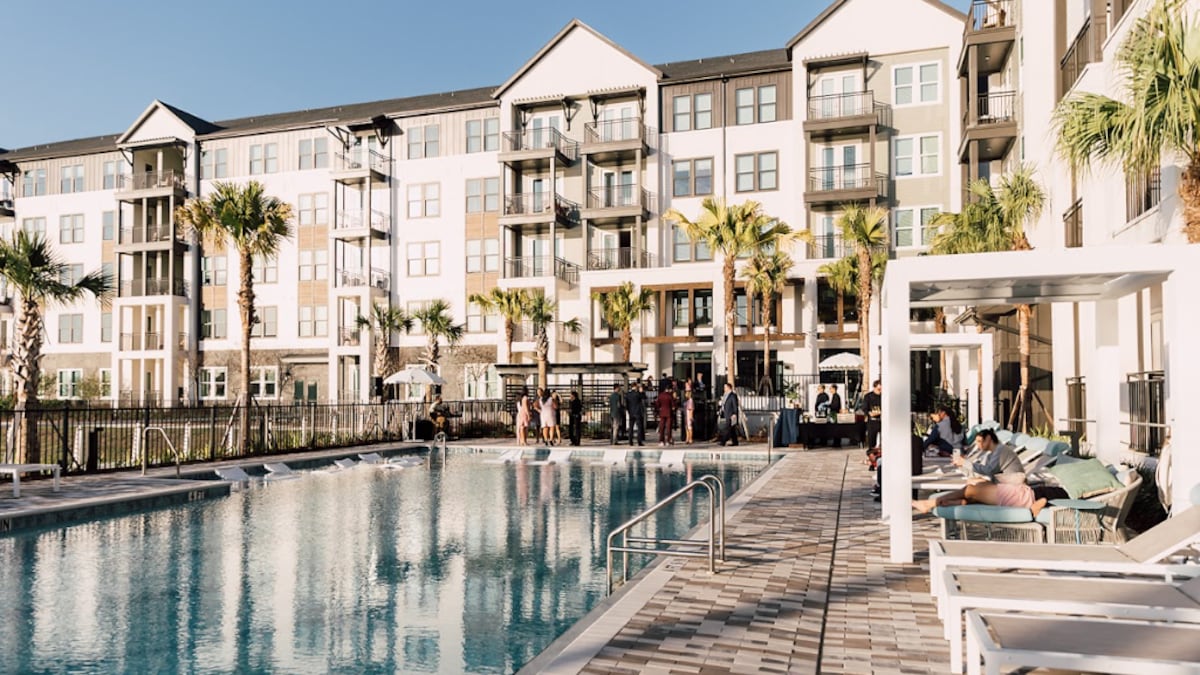H
istorically, mid-sized commercial real estate owners have been hesitant to invest in solar due to short tenant lease terms and split incentives between tenants and landlords. However, the growth of community solar has opened up a new asset class that was previously difficult to tap into.
According to John Lind, senior vice president of C&I origination at Aspen Power, this shift is largely driven by market changes rather than falling panel prices or sustainability pledges. Community solar allows landlords to bypass tenant turnover and short leases by selling power off-site to local subscribers.
This approach frees CRE owners from worrying about rapid or unexpected turnover, making it more logical to install larger systems that can be sold back for revenue. Instead of sizing systems to a tenant's unpredictable load, owners can maximize their rooftops and sell power to the community.
As a result, landlords can generate passive rental income that flows directly into net operating income (NOI), boosting property value. However, policy turbulence complicates how much this rent is ultimately worth, with investors discounting it due to perceived political risk and an immature market.
For developers like Aspen, flexibility is key in creating plans that match each client's risk tolerance and market conditions. While power purchase agreements still make sense for owner-users, roof leases may resonate better with pure-play real estate investors who seek stable cash flows.
